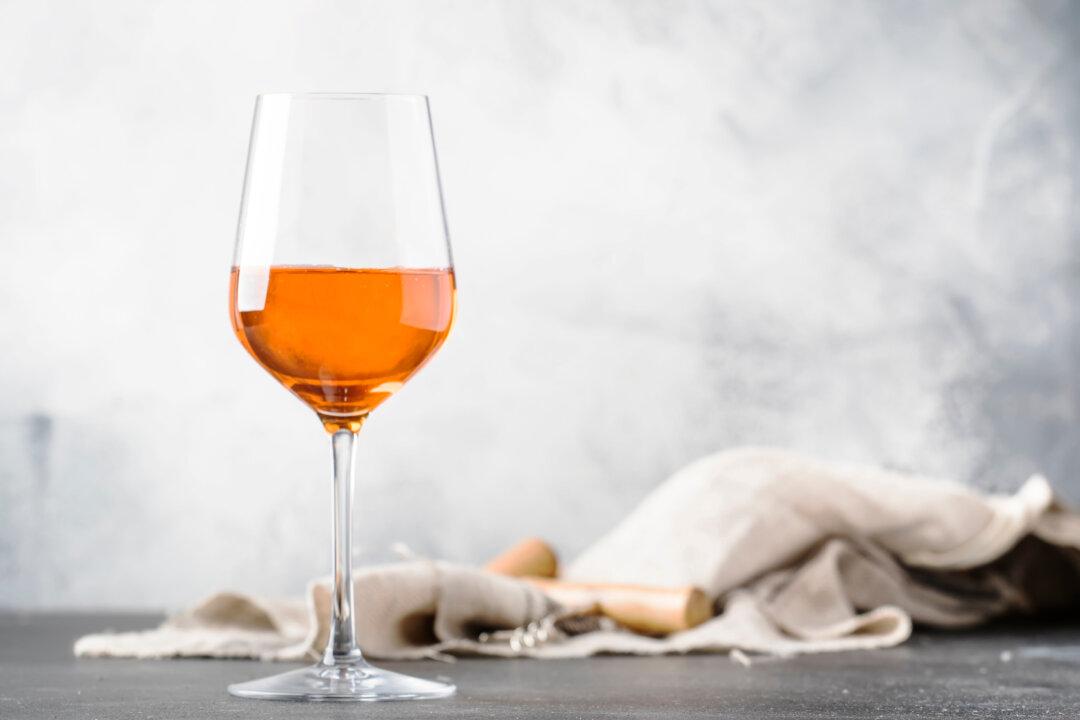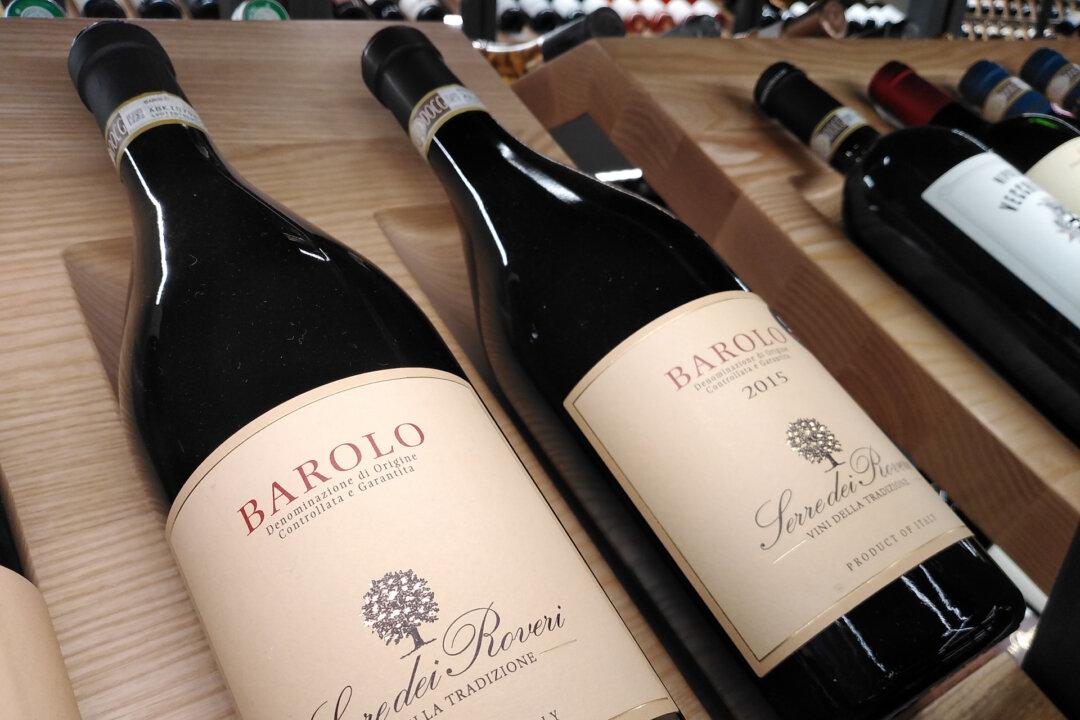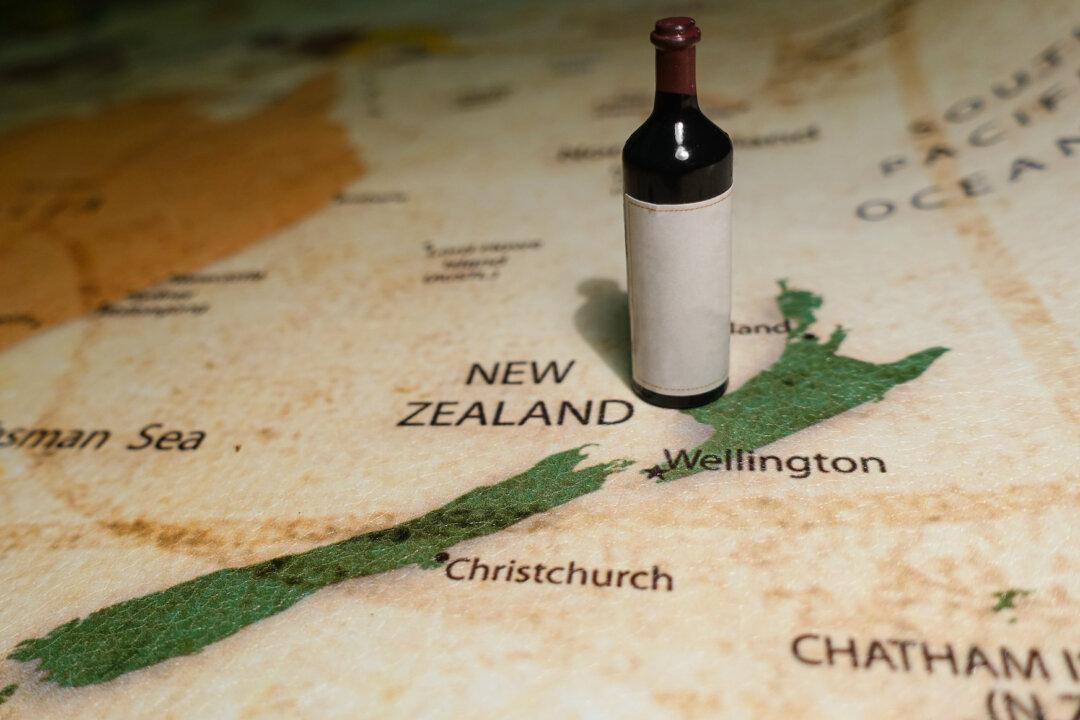The world’s most-consumed liquid is water, and the drawbacks involved with it are so limited as to be utterly obscure.
By contrast, there has been an overwhelming controversy for the last several eons about the risks and potential benefits of consumption of all other drinks, from cola to coffee to kombucha. And beverages that contain alcohol come in for special criticism.
Several medical institutions long have weighed in against any consumption at all. Rum is still a demon. Yet federal guidelines on alcoholic beverage consumption suggests moderation, not abstinence. And part of the reason is the failed experiment that we called Prohibition that ended 90 years ago. Even Abraham Lincoln once observed that prohibition would do great harm to temperance.
Very few other societies ever went so far as to ban all alcohol consumption. Today, several highly respected physicians recommend a glass of wine every day, stating the health benefits. Others speak only of the harm it could cause.
I have written on this subject several times in the last 45 years and have nothing new to add. But within the last few weeks I’ve heard doctors on radio and television fulminating again on the risks of any alcohol consumption. One reason for this recent spate of comments is a response to Dry January—an informal movement of people who gave up drinking, possibly as a reaction to overconsumption starting at Thanksgiving and going through New Year’s Eve. Most of us know the dangers of alcohol, particularly overconsumption: intoxicating effects on the individual and its significant negative impact on society.
Nonalcoholic Beverages
Our choices today are far greater than ever. There are flavored waters, flavor concentrates to add to water, dealcoholized wine, zero-alcohol beer, and literally 20 other categories. Nonalcoholic alternatives do not intoxicate, but they rarely are satisfying with a meal.Low-alcohol Wines
There are several excellent choices in this category, starting with the most obvious—German white wines. Germany makes some of the finest rieslings and silvaners in the world and several include wines called Kabinett that have between 7 percent and 9 percent alcohol. As such, they are significantly lower in alcohol than the typical 15 percent alcohol chardonnay many California wineries now make.Similarly, Portugal produces some wonderful, delicate, and tasty white wines under the name vinho verde. Most of these are lighter and are best as aperitifs or to go with lighter foods.
Usually, they have well under 10 percent alcohol and offer food compatibility that few nonalcoholic wines can.
Water Additions
When a wine label shows that a wine has 15 percent alcohol, you probably can add a bit of water to cut the alcohol down a bit. Adding too much water can make the resulting liquid thin and lacking in character, so the next idea has merit.Kitchen Table Chemistry
This is a new category of wine that has yet to be codified by any winery but can be done simply at home. The idea is to buy a fine quality traditional wine and then acquire a bottle of an alcohol-free wine of the same color.I have done this twice. It works and certainly will be detested by purists. But if you’re concerned about excessive alcohol and/or calories, it’s a tactic that I have found satisfactory. (I do not do this at home, except experimentally.)
I did this with a high-alcohol zinfandel whose label said it had 15.5 percent alcohol (probably more). The wine was relatively aromatic and interesting to smell, but the alcohol was oppressive. So I added an equal amount of nonalcoholic wine.
Some of the aroma and the flavor of the zinfandel came through, but the “hot,” alcoholic bite of the undiluted wine was reduced significantly. I do not recommend this for truly great wine, but when a bottle of wine shows its alcohol too greatly, adding some nonalcoholic wine seems to solve a problem.





